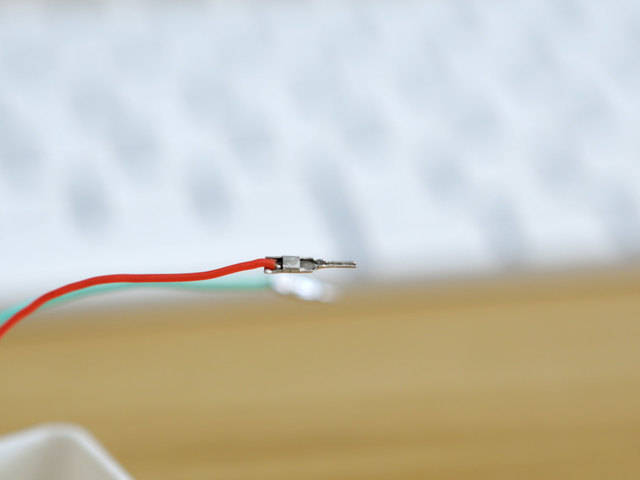Weather Station
In this project, we'll learn how to make a DIY fully featured weather station using an ESP8266 and a 2.4" TFT touchscreen display. This project pulls weather data using the Wunderground API. It displays the date, time, current weather conditionals, 4-day forecast and even moon phases.
This great code is by Daniel Eichhorn - we just made a lovely case for it!
Prerequisite Guides
We recommend walking through the guides listed here to get a better understanding of the components used in this project.
Parts
You'll need the following parts to build this project.
Tools & Supplies
- Soldering Iron & Solder
- 3D Printer & Filament
- microUSB Data Cable
- 30AWG Silicone Coated Stranded Wire







































